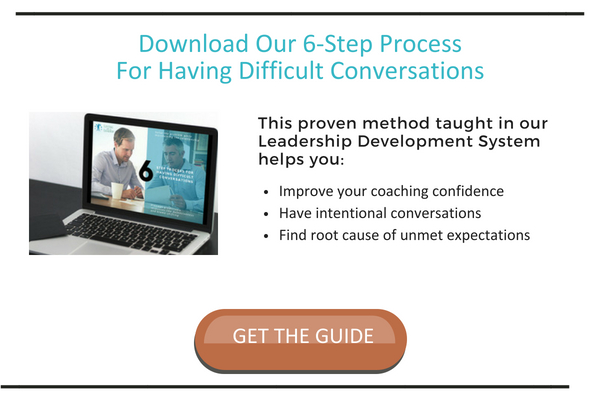![Dealing with the Workplace Bully [with infographic]](/Files/Blog/20180823_Rick_Piraino_Dealing_with_the_Workplace_Bully_Blog.jpg?Medium)
My daughter came home from her student teaching experience and described a tough situation. A teacher yelled at her in the teacher’s staff room about the behavior of one of my daughter’s students.
Other teachers were present and despite my daughter's attempts to calm the situation, the yelling continued. It was loud enough to attract student attention in the hallway.
This teacher has the reputation of being the "Queen." She can do whatever she pleases, and the principal does not intervene.
This time though, the principal asked my daughter if she would talk to this teacher in her presence to confront the behavior. My daughter agreed and that night we prepared the strategies for this conversation.
It should have been led by, rather than facilitated by, the principal but my daughter wanted to give it a shot.
The next night when I asked how it went, my daughter replied that it didn't happen because the "Queen" refused to take part. The principal said that if she wasn't willing to talk, she wasn't going to force the conversation.
As this example indicates, bullying only exists because those in authority permit it.
Of course the “Queen” didn't want to participate in the discussion. Who would volunteer for accountability with their misbehavior spelled out by a peer to their boss if it's optional?
In effect, the principal allowed her to decide whether she will abide by school rules or not. This perpetuates her bullying behavior.
Leaders Must Address Bullying
Bullying, a conduct issue, is a morale-buster that undermines leadership credibility and effectiveness. It destroys emotional safety, organizational pride, fairness and productivity.
It can be a form of harassment, which we must protect our people and organizations from. Leaders must address these behaviors without using the recipients of the abuse as their mouthpiece.
How Do I End Workplace Bullying?
Failure to properly address bullying will only allow it to continue. The infographic below lays out a process to end bullying in the workplace. I will then show you how this can be applied to my daughter’s situation.
![Dealing with the Workplace Bully [with infographic]](/Files/Blog/20180823_Rick_Piraino_Dealing_with_the_Workplace_Bully_Blog_Interrupter_1.jpg)
How To Apply This Process In Real Life:
Let's use my daughter’s experience as an example to explore the strategies that will help you end bullying in your organization.
- Describe the bullying in behavioral terms using no assumptions, judgments or criticisms.
- For example, "You shouted at a fellow-teacher in a voice loud enough to distract the children in the hallway." This describes actions and their consequences without the criticisms that attract more reactive responses.
- Critical statements will trigger defensive responses and arguments in a person already prone to making them. Avoid phrases like, "You were abusive, inappropriate and disrespectful to your co-worker and upsetting to the children."
- Describe the required behavior in the same way, without using assumptions, judgments or criticisms.
- Remember, the problem is not what the child did; it is the yelling with which the teacher responded.
- Don't allow yourself to be diverted from the true problem by allowing her to talk about what happened at recess.
- The expectation must be agreed to, otherwise, the conversation will merely become a lecture. Until she makes this commitment by agreeing to behave in the new way, the conversation is not done.
- Help her think through how she will change this reactive behavior which often takes place in the heat of the moment. Worst-case scenario, have her commit to leaving the situation to talk with you alone to get some breathing room.
- Underline the need for this change by letting her know there is zero tolerance for a recurrence. Consequences may also result.
- You may or may not want to discuss further consequences if there is a recurrence. Just make sure you are willing to immediately implement whatever consequences you describe.
- Thank her for her willingness to change this behavior and set a brief follow-up with her in two or three days to see how she is doing.
What If Bullying Continues?
Workplace bullies are more likely to see themselves as victims than perpetrators. Reasonable discussions only work with reasonable people who will accept and implement feedback.
Try it as a first attempt but be quick to shift to formal coaching and consequences if a casual conversation fails. Your best performers will be encouraged and reassured if you hold all workers accountable.
For more help having difficult conversations with co-workers about unmet expectations, interpersonal conflict, and underperformance download our free 6-Step Process for Having Difficult Conversations guide.
